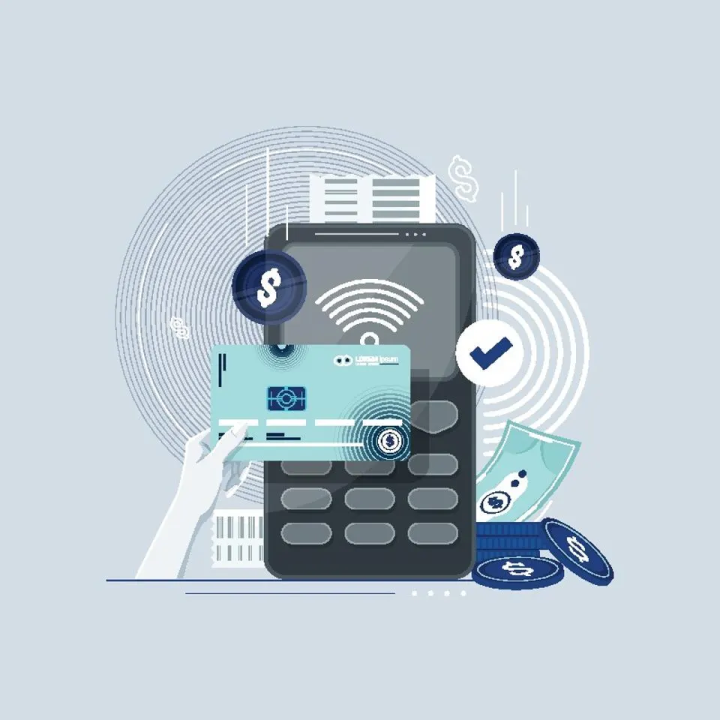
The U.S. Lags Other Countries On Faster Payments—Why?
Financial Technology Association
Connecting the fintech community as the voice of the industry
BY Penny Lee
Published in Forbes
From the rise of the internet to the first credit cards and ATMs, the U.S. has long been at the forefront of financial innovation. Yet, today, despite being a hub of financial technology and home to nearly all of the Forbes Fintech 50 companies , the U.S. lags behind other major economies when it comes to a critical component: universal access to real-time payments.
Thanks to advances like peer-to-peer payment apps, in-app purchases, and mobile phone checkouts, 82% of Americans now use digital payments and can send and receive funds with the touch of a button. However, our legacy payments system fails to reflect the rise and adoption of digital payment technology.
Currently, traditional banks are still the only ones with access to U.S. payment rails like FedNow. Leading payment companies can only access real-time payments by relying on banks as intermediaries and paying a massive toll in the process. As a result, consumers and businesses face higher costs and slower speeds when it comes to paying bills, settling invoices, or processing payroll.
This doesn’t have to be our reality. American consumers and businesses can benefit from instant, affordable payments on par with their peers in other countries. The U.S. can unlock faster payments by enabling the direct participation of well-regulated payment companies in our payment rails. Modernizing our national payments system is the first step.
U.S. Lags The Global Standard Of Real-Time Payments
American consumers might be surprised to learn that the U.S. needs to catch up to the global standard for payment regulation. In fact, 60 nations have adopted faster payments systems , and the U.S. stands out as the only G7 nation without plans to expand access to its payments system.
Early this year, the European Union announced that it is expanding access to its instant payments systems beyond banks to payment companies, joining the likes of the United Kingdom, Japan, Singapore, Australia, India, Brazil, and more. Specifically, the EU’s Instant Payments Regulation “will allow people to transfer money within ten seconds at any time of the day, including outside business hours, not only within the same country but also to another EU member state.” The regulation optimizes the existing regulation by unlocking access to instant payments for non-banks without relying on an intermediary.
领英推荐
Similar advances are on the horizon in other countries. Canada is poised to launch a real-time payments network that will open up access to registered payment companies. In recent months, the country introduced legislation allowing non-bank payment companies to participate in the core payments network, and the Bank of Canada is in the process of finalizing draft supervisory guidance for payment companies.
These new regulatory regimes will benefit consumers and businesses significantly. For example, global payments companies with access to the United Kingdom’s real-time payments system, have cut customer costs by 20% and reduced transaction speed from 15 minutes to just 20 seconds. These meaningful time and cost savings should be available to American consumers and businesses.
Time To Modernize The U.S. National Payments System
The launch of FedNow—the first public real-time payments infrastructure—is an important start, but it is only the beginning as FedNow is limited to traditional financial institutions. At a time when nearly nine in 10 Americans use a fintech app, with the average consumer relying on three or four to manage their finances, it is time to expand Fed access.
The U.S. should expand FedNow’s use and utility by including non-bank payment companies and give these entities direct access to the federal payments system. Modernizing our payments system to expand access with an appropriate regulatory framework will help create a more safe, secure, and trusted payments system.
Doing so will activate countless benefits for American consumers and businesses:
Ultimately, the current U.S. payments infrastructure does not reflect the innovation in financial services today. Giving American consumers and businesses access to instant, affordable payments is essential for the U.S. to remain competitive on the global stage.